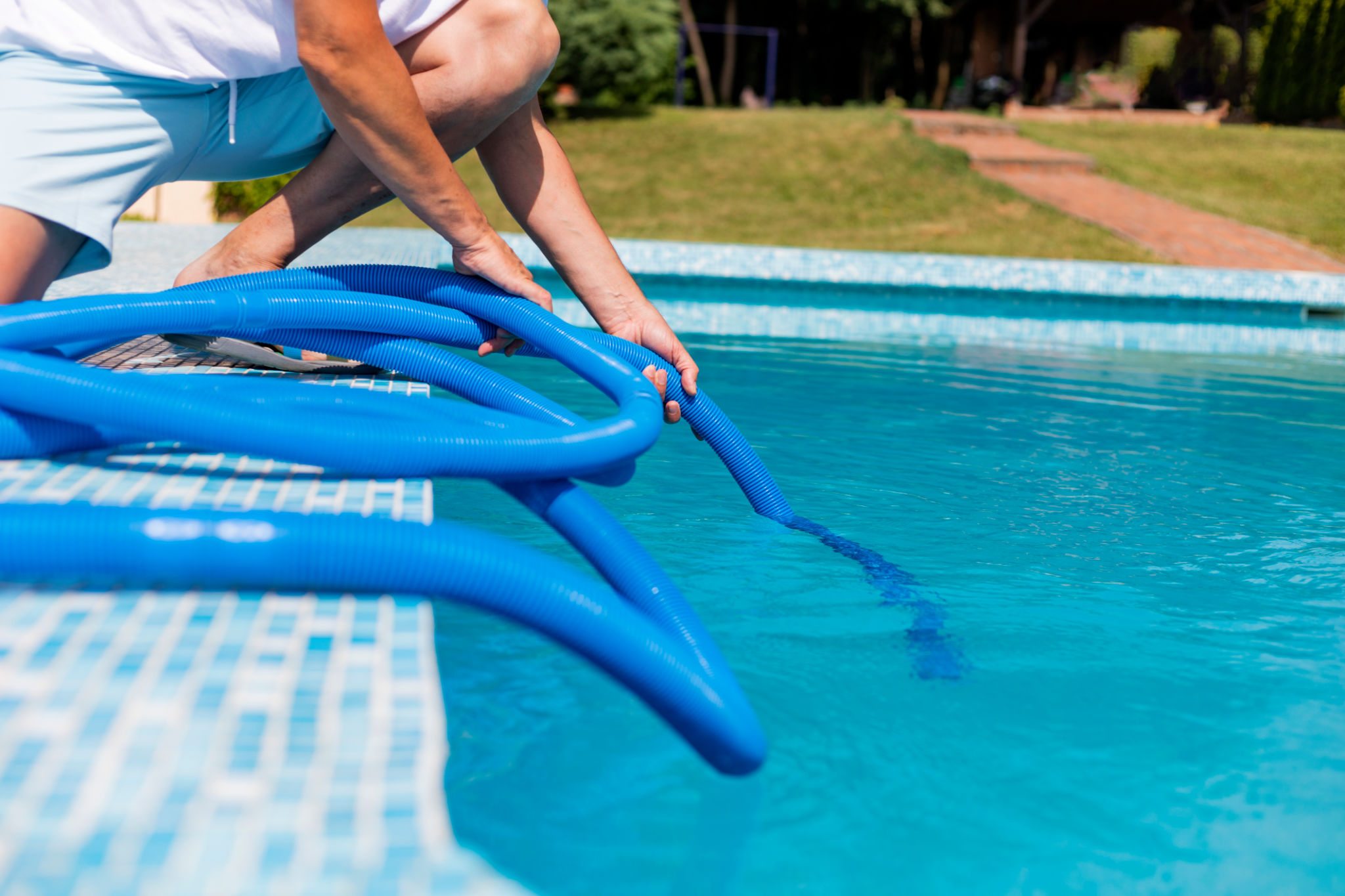DIY Pool Maintenance Tips to Keep Your Pool in Top Condition
Understanding Pool Chemistry
Maintaining the perfect chemical balance in your pool is crucial for both the health of the swimmers and the longevity of your pool equipment. To start, familiarize yourself with the basic pool chemicals: chlorine, pH, alkalinity, and calcium hardness. Regular testing and adjustments ensure your pool water remains safe and inviting.

Chlorine Levels
Chlorine is essential for killing bacteria and keeping your pool clean. Aim for a chlorine level between 1.0 and 3.0 ppm. You can use chlorine tablets, liquid chlorine, or a saltwater system to maintain these levels. Regularly test the water and make adjustments as needed.
Balancing pH and Alkalinity
The pH level of your pool should be between 7.2 and 7.8 for optimal comfort and effectiveness of chlorine. Adjust pH levels using pH increasers or decreasers. Alkalinity acts as a buffer for pH fluctuations; keep it between 80 and 120 ppm. Use baking soda to increase alkalinity or muriatic acid to decrease it.
Regular Cleaning
A clean pool is a healthy pool. Regularly skim the surface of your pool to remove debris like leaves and bugs, which can affect water quality. Invest in a good pool vacuum to clean the bottom and sides of your pool weekly. Don't forget to brush the walls to prevent algae build-up.

Filter Maintenance
Your pool's filter plays a vital role in keeping the water clear. Whether you have a sand, cartridge, or diatomaceous earth (DE) filter, clean it regularly according to the manufacturer's instructions. A clean filter improves circulation and helps maintain chemical balance.
Shock Treatment
Shock treatments are necessary to keep your pool water crystal clear, especially after heavy usage or rainstorms. This process involves adding a large dose of chlorine to eliminate contaminants. Perform shock treatments once a week or as needed, following product instructions carefully.

Monitoring Water Levels
Keep an eye on your pool's water level, as it can fluctuate due to evaporation or heavy usage. Ideally, the water level should be at the midpoint of your skimmer or pool tile. Add or remove water as necessary to maintain this level, ensuring your pump and skimmer operate efficiently.
Winterizing Your Pool
If you live in a region with cold winters, properly winterizing your pool is essential to prevent damage from freezing temperatures. Begin by thoroughly cleaning the pool and balancing the chemicals. Lower the water level below the skimmer, and cover your pool with a durable cover to keep debris out.
Inspecting Equipment
Finally, regularly inspect your pool equipment, such as pumps, heaters, and timers, for any signs of wear or damage. Timely repairs can prevent more significant issues and extend the lifespan of your equipment. Keep a maintenance log to track inspections and repairs.
By following these DIY pool maintenance tips, you can enjoy a sparkling clean pool all season long while saving money on professional services. Regular attention to chemistry, cleaning, and equipment will ensure your pool remains in top condition year-round.
